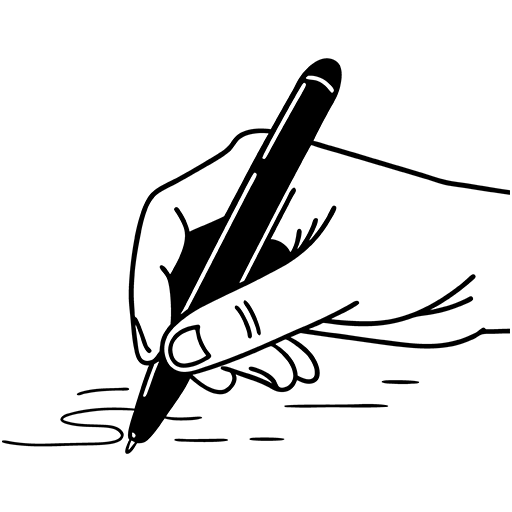Graphology for Teachers
It was my first year of teaching and I learnt a lesson that I will never forget.
I didn’t learn it from my university studies or from my professors – but from the most vague, disinterested and disengaged pupil in the class.
I had been entrusted with a class of boys that teachers at the school found especially challenging.
But there was one particular boy, I’ll call him Robby, who was completely out of sync with the rest of his class as well as with his teachers.
He didn’t take part in any of the lessons but sat there quietly doing his own thing, looking out of the window and getting close to zero marks for all his assignments.
He was what teachers regretfully called ineducable. Hardened teachers advised me to ignore him.
But I was young and new at the job so I saw it as a challenge.
I tried to draw him out by asking him if he had any interests.
Did he like any type of sport? Were there any books that appealed to him? Did he like games? Did he like music? Did he have friends?
Each time I drew a blank.
And then, purely by chance, he mentioned shyly that he collected things.
I jumped at it. What did he collect?
To cut a long story short, he collected stamps.
But not only did he collect them, he knew every detail about them – about the countries they came from and the famous people depicted on them.
He even knew something about the geography of these countries as well as their flags and their history.
I was completely taken aback. It was to be the most unforgettable lesson I would ever learn about teaching.
By your Students you’ll be Taught
It was an aha moment.
I realized that if I wanted to teach with any type of integrity I would have to get to know and understand my students on an individual basis or I would be preaching to the wall.
There is no point in pontificating to a class of students when you don’t even know their names. And yet, many teachers are guilty of doing just that.
After all, what children are going to tell you about the issues that are bothering them if you don’t even know their names?
However, if you can see your students as individuals you have a window onto their personalities. And then you can be specific about their requirements by addressing their particular interests.
But how do you even begin to understand the individual needs of your pupils if you know nothing about them? How can you engage with them on any meaningful level?
And more particularly, if you have a class of 30 children, how do you get to know each student on an individual basis?
Added to that – how can you even begin to do this when children like Robby put up defensive walls that are so difficult to penetrate?
I was faced with a real problem.
I badly wanted to gain the level of trust and understanding so important to the process of real education – but I would have to find a way to understand each child on an individual basis.
And then I found it. It took a while but I found it.
Handwriting analysis! Graphology for teachers!
Handwriting as an aid to teaching
Handwriting is like a mirror that reflects personality. So the quickest way for a teacher to gain insight into a child’s personality is through his handwriting.
Not least, it is one of the most non-intrusive ways of getting behind a pupil’s defensive wall.
Handwriting is specific to the individual and it reflects the personality bumps and all – which is what you have to deal with as a teacher.
When you examine a child’s handwriting, some things will jump out at you immediately – depression, confusion, insecurity, lack of motivation, perfectionism and more.
With a proper understanding of handwriting you can treat every child as an individual and give him the respect that he needs and deserves.
In this way you will be teaching individuals and focusing on their special needs and encouraging their individual talents. How much better is this than delivering generalities to the class as a whole!
Certainly it takes some effort. But it’s dedicated teaching. And it’s worlds away from lecturing to a room of unresponsive students.
After all, the word “education” comes from the Latin “educere” which means to lead out of.
And that is its essence. Because it is through education that you can lead the pupil out of himself towards knowledge and greater understanding.
In effect, you will be drawing out and encouraging his potential and talents through his paths of interest and eventually to his true vocation.
But to do this you have to be inspired. Inspired to learn more about your students as individuals.
Now read:
School bullying for Parents and Teachers
The Benefits of Graphology in the Classroom








Comments